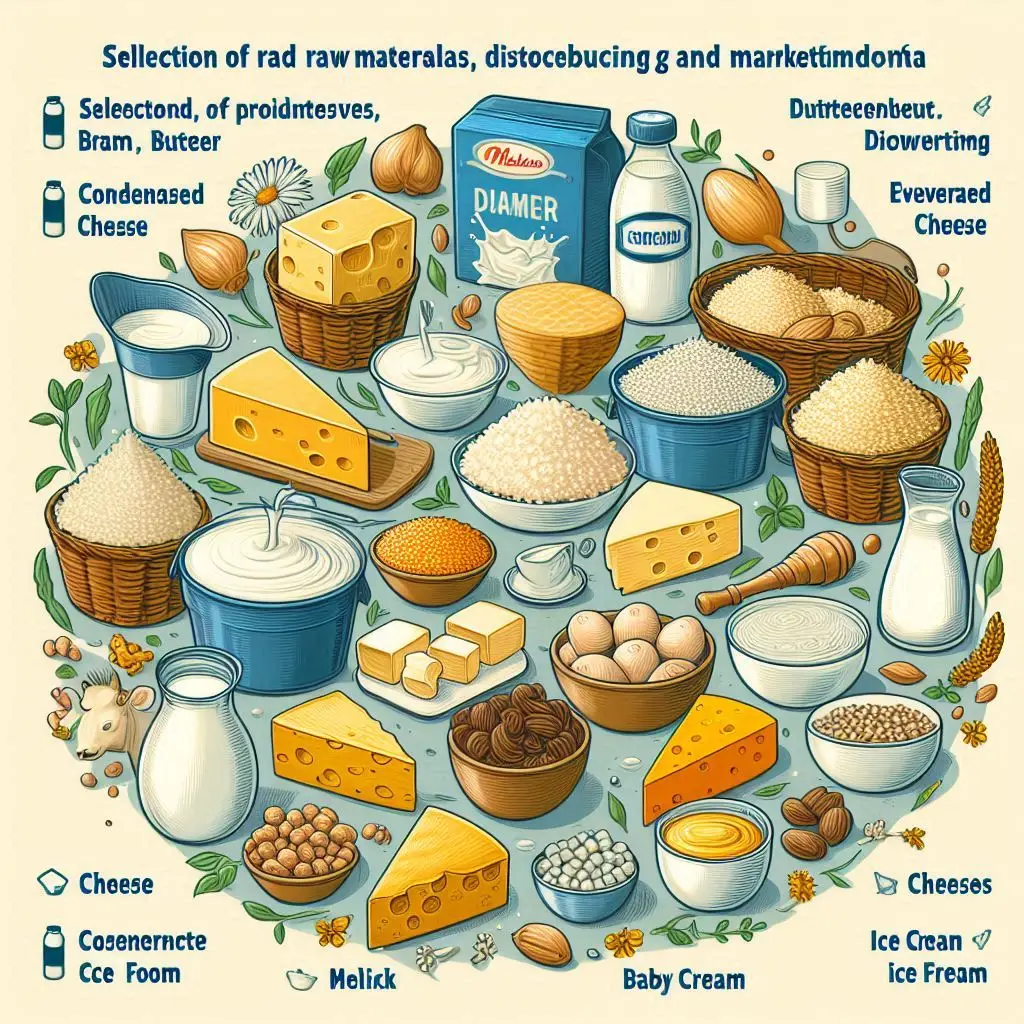Judging Milk Products: Quality Testing and Grading

Introduction
Milk products play a crucial role in our diet. They provide essential nutrients and are enjoyed in various forms, from cheese to yogurt. However, ensuring the quality of these products is vital. This article explores the processes involved in judging milk products, focusing on quality testing, grading, and sensory evaluation.
Understanding Milk Quality
What is Milk Quality?
Milk quality refers to the characteristics that determine its safety, nutritional value, and taste. High-quality milk should be free from contaminants, have a pleasant flavor, and meet specific compositional standards. Factors affecting milk quality include:
- Bacterial Count: Low bacterial levels are essential for safety.
- Chemical Composition: This includes fat, protein, and lactose levels.
- Physical Properties: Appearance, texture, and flavor.
Why is Milk Quality Important?
Quality milk products ensure consumer safety and satisfaction. Poor-quality milk can lead to health risks and spoilage, affecting both producers and consumers.
Testing Milk Products
Sensory Evaluation
Sensory evaluation is a critical method for judging milk products. It involves using our senses to assess the quality of milk. Key aspects include:
- Appearance: Color and clarity can indicate freshness.
- Odor: A pleasant smell is essential. Off-odors can signal spoilage.
- Taste: Flavor is subjective but crucial for consumer enjoyment.
- Texture: Mouthfeel can affect overall satisfaction.
Chemical Testing
Chemical tests provide objective data on milk quality. Common tests include:
- Fat Content: Determines creaminess and richness.
- Protein Levels: Essential for nutritional value.
- Acidity Testing: Indicates freshness and fermentation.
- Microbiological Testing: Ensures safety by detecting harmful bacteria.
Physical Testing
Physical tests assess the visual and tactile properties of milk. These include:
- Lactometer Test: Measures density to check for adulteration.
- Clot-on-Boiling Test: Indicates the presence of abnormal proteins.
Grading Milk Products
The Grading Process
Grading milk products involves evaluating them against established standards. This process typically includes:
- Scorecards: Judges use scorecards to record their evaluations based on various criteria.
- Standard Operating Procedures (SOPs): These guidelines ensure consistency in judging.
Factors Influencing Grades
Several factors can influence the grading of milk products:
- Freshness: Products should be as fresh as possible.
- Flavor Profile: Off-flavors can significantly lower a product’s grade.
- Visual Appeal: Aesthetic qualities can impact consumer choice.
Judging Milk Products
Training for Judges
Training is essential for judges to accurately assess milk products. This includes:
- Understanding Standards: Familiarity with industry standards is crucial.
- Tasting Techniques: Judges learn to identify flavor defects and assess overall quality.
Common Judging Criteria
Judges typically evaluate milk products based on:
- Flavor: The most critical aspect, including sweetness and aftertaste.
- Odor: Any off-odors can indicate spoilage.
- Texture: Creaminess and smoothness are essential for dairy products.
Conclusion
Judging milk products is a vital process that ensures quality and safety. Through sensory evaluation, chemical testing, and adherence to grading standards, producers can deliver high-quality dairy products to consumers. Continuous training and adherence to best practices in quality control are essential for maintaining these standards.
For more pearls of Vets Wisdom:
https://wiseias.com/partitioning-of-food-energy-within-animals/






Responses